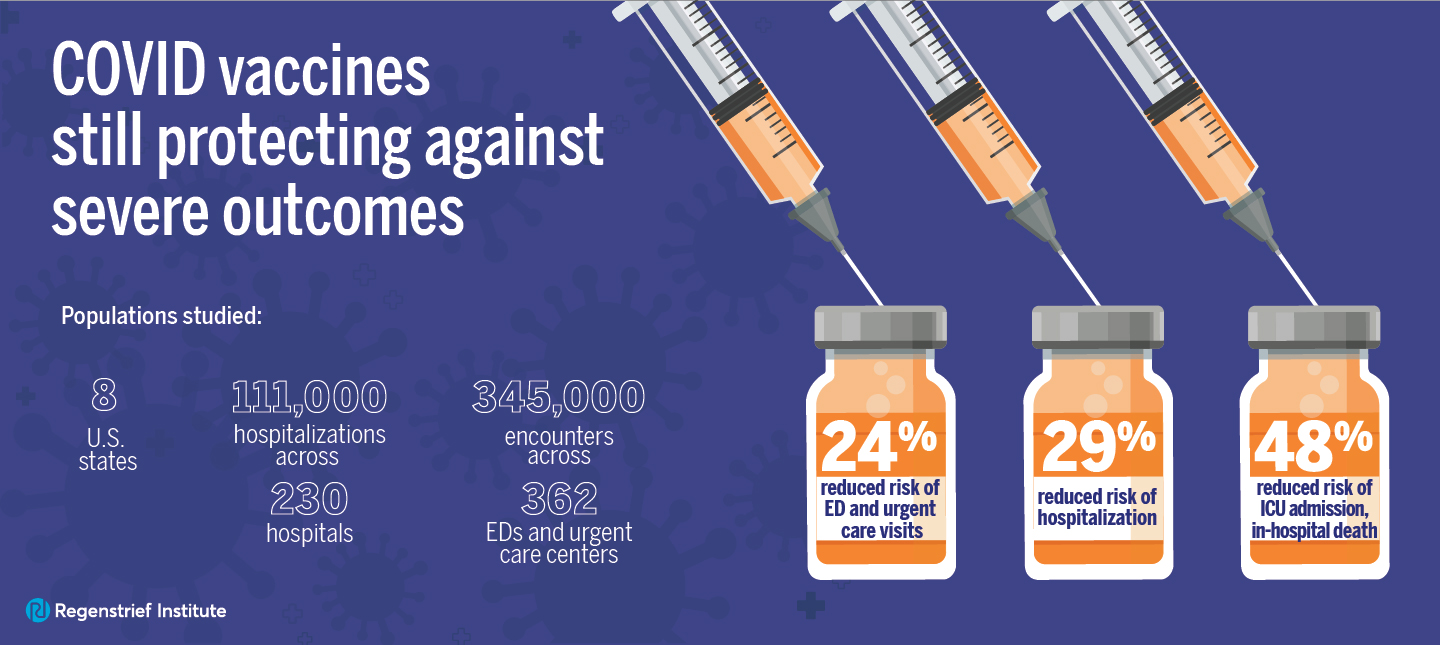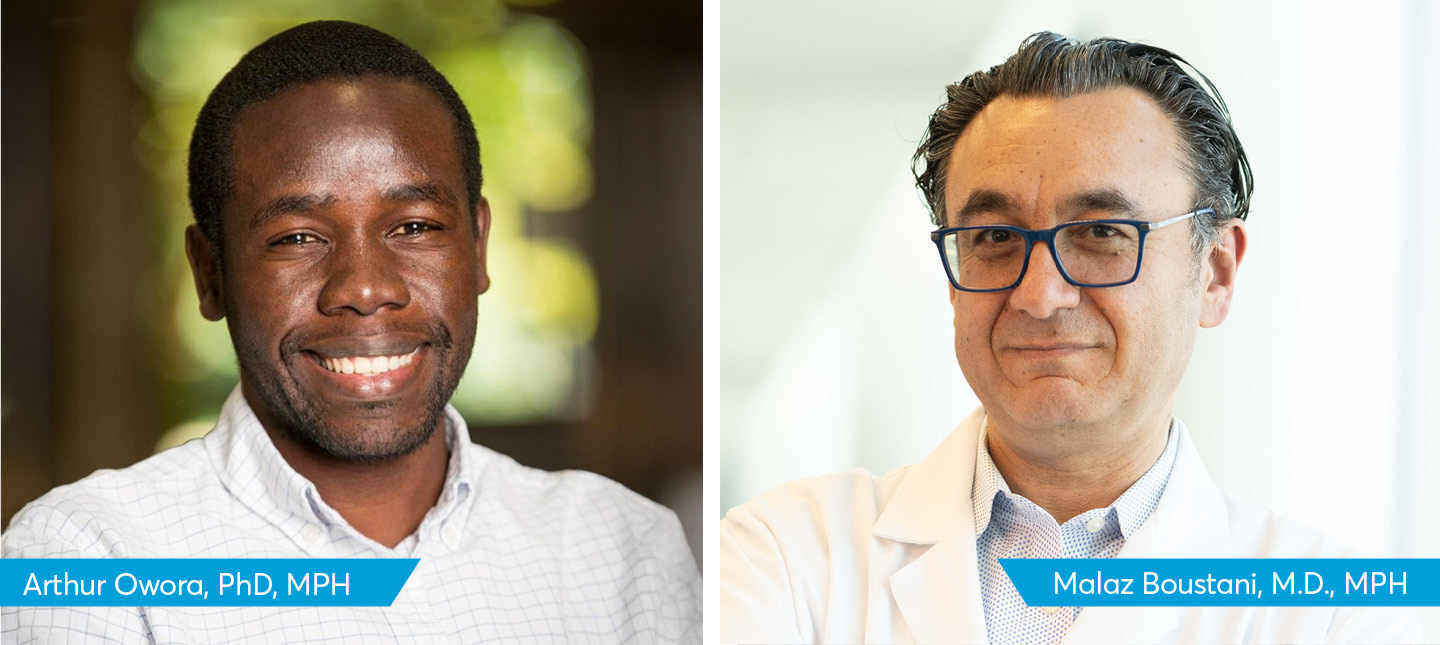Study finds disparities in access to liver transplantation occur before waitlisting
INDIANAPOLIS – A new, healthy liver offers the best survival for patients with early-stage liver cancer. But a new study, led by Katie Ross-Driscoll, PhD, MPH, of Regenstrief Institute and Indiana University School of Medicine Department of Surgery, has identified disparities in liver transplant referral and evaluation, which must precede waitlisting, for these potentially lifesaving procedures.
While other studies have demonstrated disparities in placement on organ waitlists, the new study is one of the first to examine the transplant process prior to liver transplant waitlisting — following patient progress along the continuum immediately after liver cancer diagnosis.
“Undergoing a transplant, which is the only cure for liver cancer, requires patients to navigate a very complex process after diagnosis,” said Dr. Ross-Driscoll. “If referred to a transplant center, the patient needs to follow up on the referral and then complete a comprehensive medical and psychosocial evaluation. After this evaluation, transplant centers will decide whether or not to place patients on the deceased donor waiting list. We examined progress through the steps prior to placement on the waiting list and found that different factors predicted whether these pre-transplant steps are completed.”
- Factors associated with whether or not a patient received a referral from their physician to a transplant center after diagnosis of liver cancer:
- Age: the older the patient (up to age 70, the cutoff age for transplant eligibility) the less likely they were to receive a referral.
- Insurance type: Patients who had Medicare, Medicaid or other non-private insurance types were less likely to receive a referral than patients with private insurance.
- Of those patients who were referred to a transplant center:
- Black patients were less likely than White patients to initiate a transplant evaluation.
- Patients who lived in higher poverty neighborhoods were less likely to initiate the evaluation than patients who lived in lower poverty neighborhoods.
- Of those patients who initiated the medical and psychosocial evaluation, those who had Medicaid insurance were about half as likely to complete all necessary steps of the evaluation process as patients with private insurance.
“These findings indicate patients with liver cancer who are older (but under the cutoff age for eligibility), poorer, Black or Medicaid beneficiaries are less likely than others to make it through the early steps of the transplant process,” said Dr. Ross-Driscoll. “While our results are based on cancer registry data from patients referred to Georgia’s two transplant centers, we believe that our findings are potentially relevant across the United States. Future studies are needed to understand how barriers might vary across transplant centers.”
“There are very few studies documenting the steps prior to liver transplant waitlisting, and these results suggest the need to collect pre-waitlisting data nationally to inform where interventions should be targeted to improve equity in access to liver transplantation, said co-author Rachel Patzer, PhD, MPH., Regenstrief Institute president and CEO.
Liver cancer is one of the fastest growing cancers in the United States and shows no indication of slowing down. As liver cancer becomes more prevalent, understanding pathways to care for these patients becomes more important.
“Disparities in Access to Liver Transplant Referral and Evaluation among Patients with Hepatocellular Carcinoma in Georgia” is published in the peer-reviewed journal Cancer Research Communications. This work was supported by the National Center for Advancing Translational Sciences of the National Institutes of Health.
Authors and affiliations:
Katherine Ross-Driscoll 1 2 3, Arrey-Takor Ayuk-Arrey 2, Raymond Lynch 4, Lauren E McCullough 3 5, Giorgio Roccaro 6, Lauren Nephew 7, Jonathan Hundley 8, Raymond A Rubin 8, Rachel Patzer 1 9
- 1Division of Transplantation, Department of Surgery, Indiana University School of Medicine, Indianapolis, Indiana.
- 2Center for Health Services Research, Regenstrief Institute, Indianapolis, Indiana.
- 3Department of Epidemiology, Rollins School of Public Health, Atlanta, Georgia.
- 4Division of Transplantation, Department of Surgery, Pennsylvania State University School of Medicine, Hershey, Pennsylvania.
- 5Winship Cancer Institute, Emory University, Atlanta, Georgia.
- 6Division of Digestive Diseases, Department of Medicine, Emory University School of Medicine, Atlanta, Georgia.
- 7Division of Gastroenterology and Hepatology, Department of Medicine, Indiana University, Indianapolis, Indiana.
- 8Piedmont Transplant Institute, Piedmont Healthcare, Atlanta, Georgia.
- 9Regenstrief Institute, Indianapolis, Indiana
Katie Ross-Driscoll, PhD, MPH
In addition to her role as a research scientist with Regenstrief Institute, Katie Ross-Driscoll, PhD, MPH, is an assistant professor of surgery at Indiana University School of Medicine. She is a health services researcher and epidemiologist focused on organ transplantation.
Rachel Patzer, PhD, MPH
In addition to her roles as president and CEO and research scientist with Regenstrief Institute, Rachel Patzer, PhD, MPH, serves as the Leonard Betley Professor of Surgery at Indiana University School of Medicine and an adjunct professor at IU Richard M. Fairbanks School of Public Health. Dr. Patzer is an epidemiologist and health services researcher with a strong focus on healthcare access, quality of healthcare delivery and outcomes. Her research centers on such key areas as disparities, social determinants of health, community-based participatory research, predictive analytics, healthcare quality and health policy evaluations. She has been instrumental in reshaping the national organ transplantation paradigm, advocating for a population health approach to inform quality measures, policies and equitable solutions.









